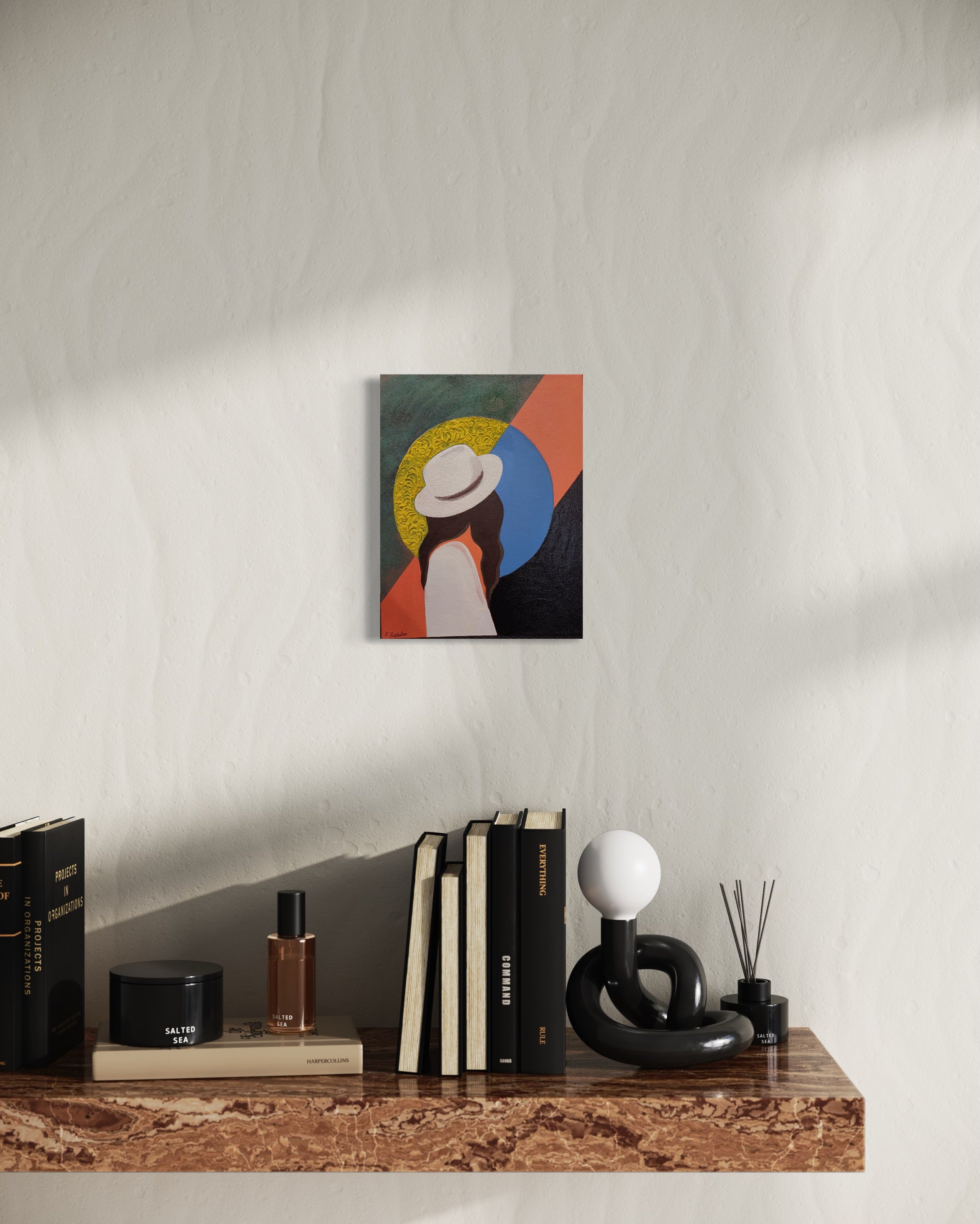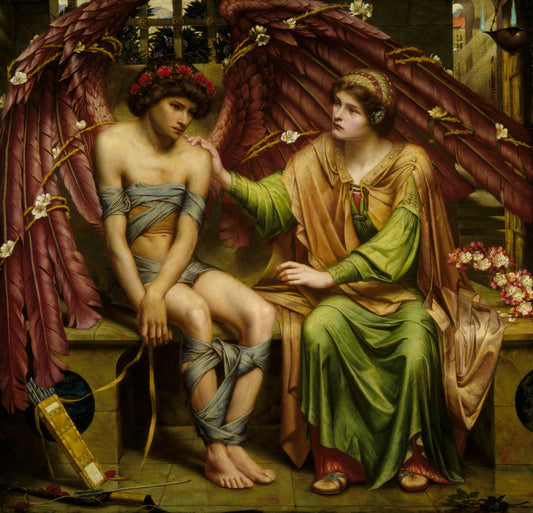In recent years, the art market has undergone a significant transformation, with online platforms becoming increasingly popular among collectors and art enthusiasts. This shift is particularly evident in Europe, where traditional art buying methods are being complemented—and in some cases, replaced—by digital alternatives. In this article, we will explore the main advantages of buying art online in Europe, examining how these benefits cater to the evolving preferences of modern art buyers.
The Convenience of Online Art Buying
1. Ease of Access
One of the most compelling advantages of purchasing art online is the convenience it offers. Buyers can browse and purchase artworks from the comfort of their homes, eliminating the need to travel to galleries or art fairs. This ease of access is especially beneficial for individuals with busy lifestyles or those living in remote areas where physical galleries may not be readily available.
Online platforms allow users to explore a wide range of artworks at any time, making it possible to shop for art during lunch breaks, late at night, or whenever inspiration strikes. This flexibility is a significant draw for many collectors who appreciate the ability to curate their collections without the constraints of traditional gallery hours.
2. A Global Marketplace
The internet has effectively expanded the art market beyond geographical boundaries. Online art platforms enable buyers in Europe to access works from artists and galleries around the globe. This global perspective not only enriches the buying experience but also allows collectors to discover emerging artists and unique pieces that may not be available locally.
For European buyers, this means they can explore diverse artistic styles and cultural influences from various regions, fostering a more inclusive and eclectic art collection. The ability to connect with artists and galleries worldwide opens up new avenues for both seasoned collectors and newcomers alike.
A Wider Selection of Artworks
3. Diverse Offerings
Online art marketplaces typically feature extensive catalogs that showcase a broad array of artworks across different mediums, styles, and price points. This variety allows buyers to explore options that align with their personal tastes and preferences, making it easier to find the perfect piece for their collection or home.
In contrast, physical galleries may have limited space and inventory, restricting the selection available to buyers. Online platforms, however, can host countless artists and artworks, ensuring that there is something for everyone. Whether a buyer is interested in contemporary paintings, photography, sculpture, or digital art, they can find a wealth of options online.
4. Curated Collections
Many online art platforms curate collections based on themes, trends, or specific artists, providing buyers with expertly selected options that can inspire their purchasing decisions. This curation can help buyers navigate the vast array of choices available and discover artworks that resonate with their aesthetic sensibilities.
For instance, a buyer interested in abstract art can easily find curated collections that showcase the best works in that genre, saving time and effort in their search. This tailored approach enhances the overall shopping experience, making it more enjoyable and efficient.
Price Transparency and Affordability
5. Clear Pricing
One of the significant advantages of buying art online is the transparency in pricing. Online galleries often display prices for artworks upfront, allowing buyers to assess what fits within their budget without the pressure of negotiating face-to-face. This straightforward approach can alleviate some of the anxiety associated with art purchasing, especially for first-time buyers.
In traditional galleries, prices may not always be readily available, leading to uncertainty and discomfort for potential buyers. The clear pricing structure of online platforms empowers buyers to make informed decisions and reduces the intimidation factor often associated with purchasing art.
6. Competitive Pricing
Online art sales can also be more affordable, as many buyers find that artworks are often priced lower than in physical galleries. The reduced overhead costs associated with online sales allow galleries and artists to offer competitive prices, making art more accessible to a broader audience.
This affordability can encourage more frequent purchases among collectors, allowing them to build their collections without breaking the bank. Additionally, online platforms often feature artworks from emerging artists at lower price points, providing buyers with the opportunity to invest in new talent.
Flexible Buying Experience
7. Negotiation Options
Many online art platforms offer features that allow buyers to negotiate prices, such as "make an offer" options. This flexibility enables buyers to engage in price discussions without the pressure of in-person negotiations, making the purchasing process feel less intimidating.
For collectors who may be hesitant to approach galleries directly, online platforms provide a more relaxed environment for discussing pricing and terms. This can lead to more successful transactions and a greater sense of satisfaction for both buyers and sellers.
8. Free Returns and Satisfaction Guarantees
Another advantage of online art buying is the availability of free return policies offered by many sellers. This feature gives buyers the confidence to purchase artworks without the fear of being stuck with a piece that doesn't fit their space or style.
The option to return artworks if they do not meet expectations enhances the overall buying experience and encourages buyers to take risks in their selections. This level of assurance is particularly appealing to those new to art collecting, as it reduces the perceived risks associated with online purchases.
Enhanced Information Access
9. Detailed Descriptions and Artist Insights
Online galleries typically provide comprehensive information about the artworks and the artists behind them. This includes detailed descriptions, dimensions, materials used, and even the inspiration behind the work. Such information helps buyers make informed decisions and fosters a deeper connection to the art.
In addition, many online platforms feature artist profiles and interviews, allowing buyers to learn more about the creators and their artistic journeys. This enhanced access to information enriches the buying experience and can lead to a greater appreciation for the artworks purchased.
10. User Reviews and Ratings
Online art marketplaces often include user reviews and ratings, providing potential buyers with insights from previous customers. These reviews can help buyers gauge the quality of the artworks and the reliability of the seller, further enhancing their confidence in the purchasing process.
By reading about the experiences of others, buyers can make more informed choices and feel more secure in their decisions. This communal aspect of online buying fosters a sense of trust and transparency within the art market.
Delivery Services
11. Convenient Home Delivery
One of the most practical advantages of buying art online is the convenience of home delivery. Many online platforms offer shipping services that ensure artworks are delivered directly to the buyer's doorstep. This feature alleviates concerns about transportation logistics, especially for larger or more fragile pieces.
Home delivery services make it easier for buyers to acquire artworks without the hassle of arranging transportation themselves. This convenience is particularly appealing for those who may not have access to a vehicle or who prefer not to deal with the complexities of transporting art.
12. International Shipping Options
For buyers interested in acquiring artworks from international artists or galleries, many online platforms offer international shipping options. This capability allows collectors to expand their horizons and access unique pieces from around the world, further enriching their collections.
The ability to purchase art from diverse regions fosters a more global perspective, enabling buyers to appreciate the cultural influences and artistic expressions that transcend borders.
Conclusion
The rise of online art buying in Europe has transformed the way collectors and art enthusiasts engage with the art market. The advantages of convenience, accessibility, diverse selections, price transparency, and enhanced information access have made online platforms an appealing alternative to traditional galleries. As technology continues to evolve, the online art market is likely to grow, offering even more opportunities for buyers to discover and acquire artworks that resonate with their personal tastes.For those looking to build or expand their art collections, embracing the online art buying experience can lead to exciting discoveries and a deeper appreciation for the world of art. Whether you are a seasoned collector or a newcomer to the art scene, the digital landscape offers a wealth of possibilities to explore and enjoy.





